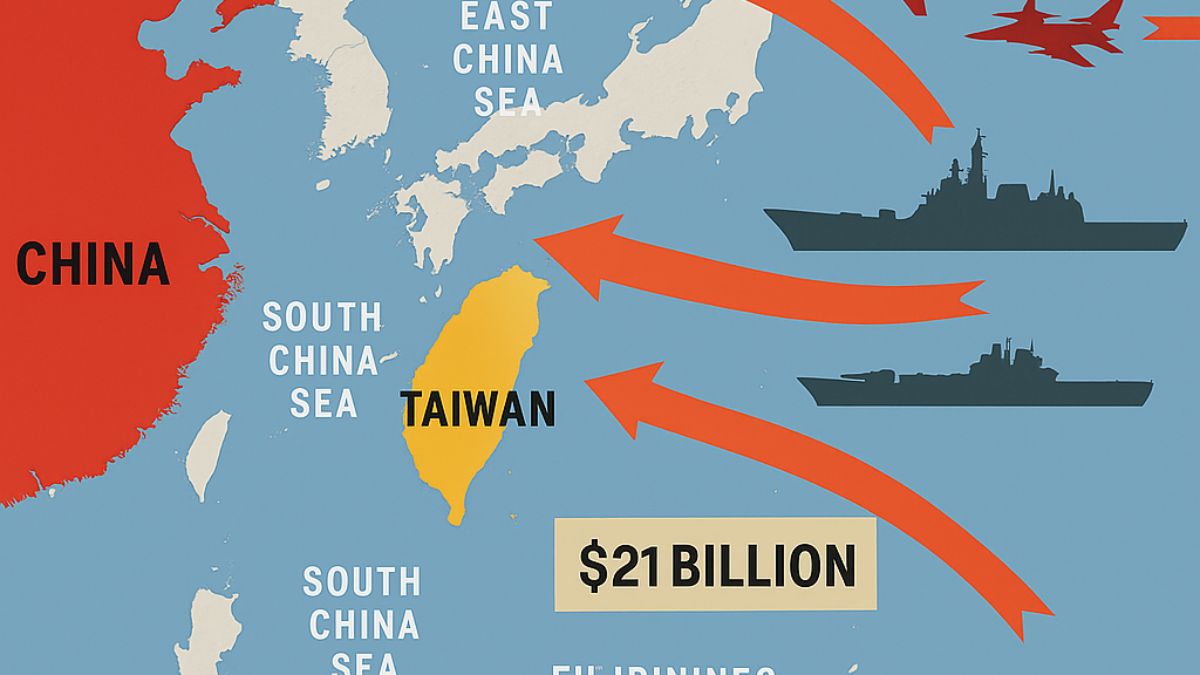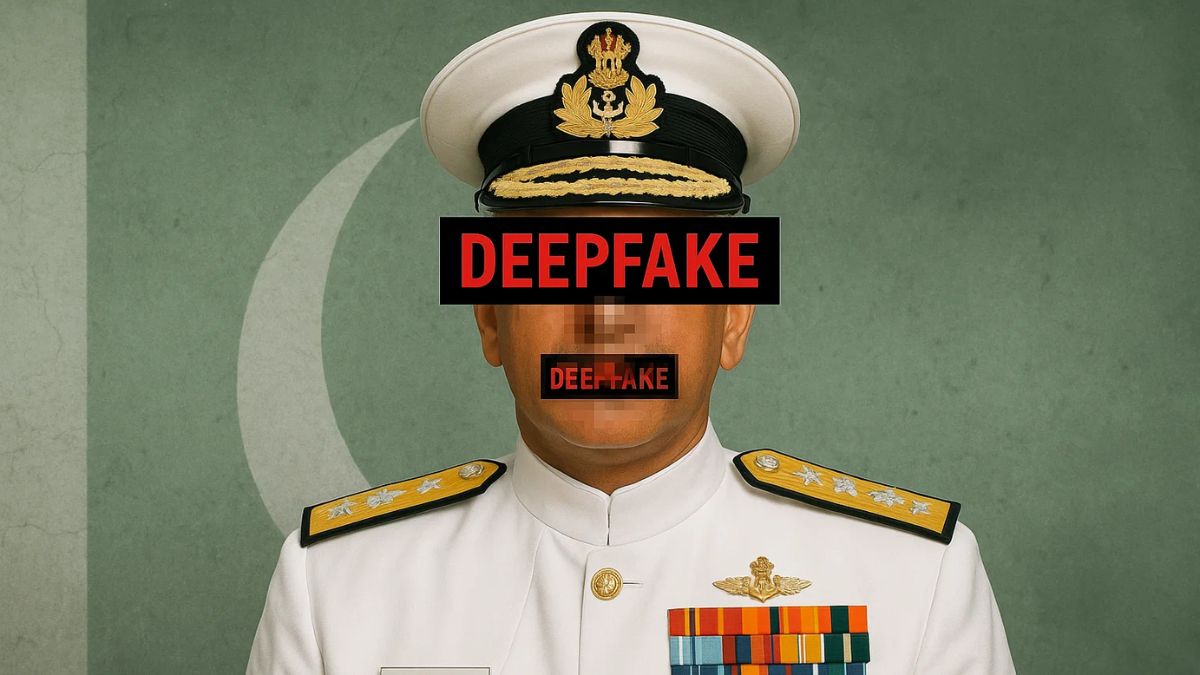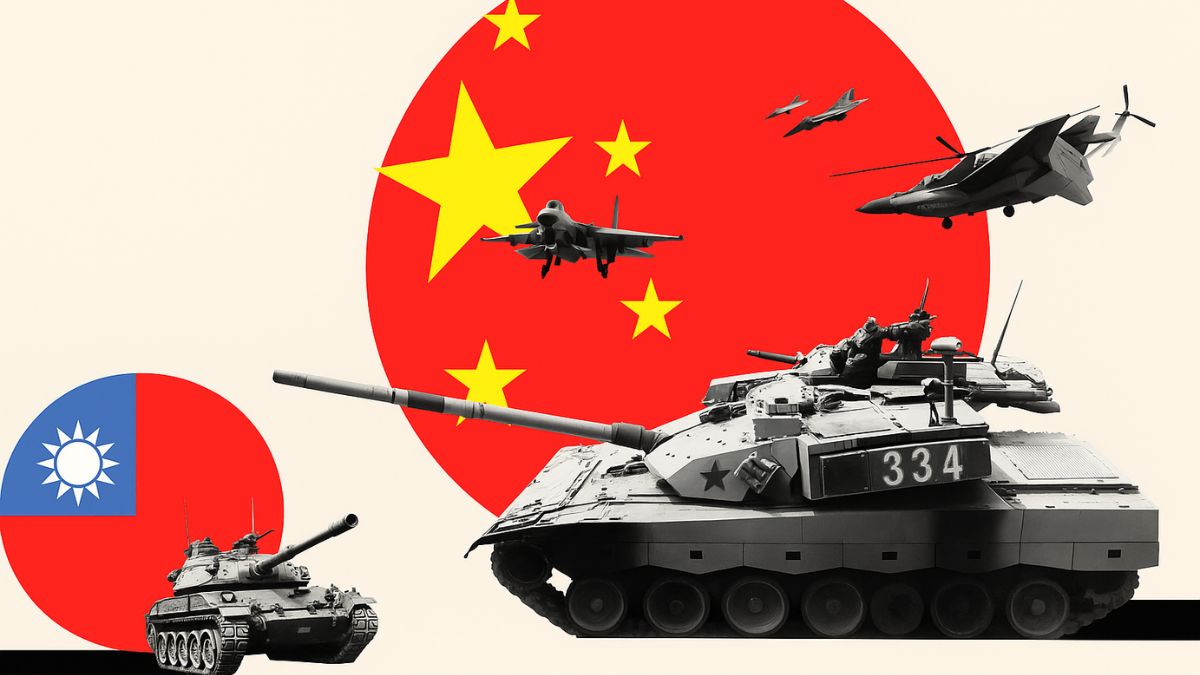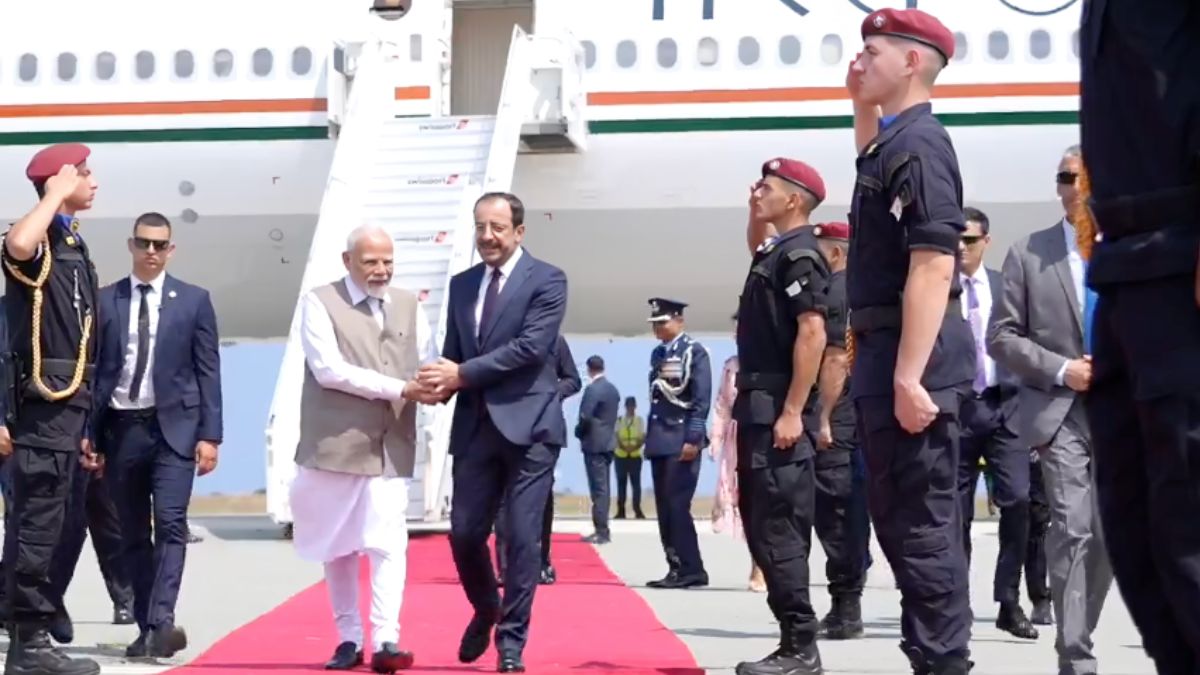China Spent $21 Billion On Military Drills Near Taiwan And Pacific In 2024: Taipei Estimates

China’s $21B military drills across the Taiwan Strait and Pacific raise tensions, fuelling concerns over Indo Pacific security and regional stability. ( image courtesy DALL-E)
China ramped up its military activity across the Taiwan Strait, East and South China Seas, and the broader Western Pacific in 2024, spending an estimated $21 billion on exercises, nearly 40% more than the previous year, according to Taiwan government assessments.
The estimates, based on Taiwan’s surveillance of Chinese naval and air movements, were detailed in an internal military research report reviewed by Reuters and confirmed by four Taiwanese officials.
The findings provide a rare window into how Beijing may be channeling its defence budget, raising concerns in regional capitals and Washington over China’s growing military footprint.
Is the cost of military operations rising?
China officially allocated 1.67 trillion yuan ($233 billion) for defence in 2024, but diplomats and analysts widely suspect the figure underreports actual spending. Unlike some nations, Beijing does not release a detailed breakdown of how funds are allocated. Neither China’s defence ministry nor its Taiwan Affairs Office responded to requests for comment.
Taiwan’s military calculated that China spent about 152 billion yuan ($21.25 billion) on drills last year, accounting for roughly 9% of its reported defence budget, up from 7% in 2023. The report factored in fuel, maintenance, repairs, and personnel costs, based on more than 12,000 Chinese air sorties and over 86,000 naval sailings.
Is there a surge in air and naval activity?
Chinese aircraft, including J-10 fighters, H-6 bombers, and surveillance drones, logged nearly 37,000 flight hours in 2024, a 30% rise from the year before. Meanwhile, naval vessels, from destroyers to aircraft carriers, spent over two million hours at sea, marking a 20% increase.
About 34% of naval missions were concentrated in the contested South China Sea, 28% in the East China Sea bordering Japan and South Korea, and 14% in the Taiwan Strait, underscoring Beijing’s push to extend its presence along the First Island Chain, a strategic arc stretching from Japan through Taiwan and the Philippines to Borneo.
“They are trying to normalise their military power projection and intimidation around the first island chain,” one official familiar with the research told Reuters.
What are the regional concerns?
Taiwan’s defence ministry accused China of undermining Indo-Pacific stability through “ongoing military expansion and grey-zone provocations.” Experts noted that while Taipei’s methodology involves estimates, it provides valuable insights into Beijing’s operational priorities.
China has also extended its naval reach further afield, participating in anti-piracy missions off Somalia and increasing patrols in the northern Pacific, including near Alaska. For Taiwan, the research serves as both a warning and a planning tool, helping policymakers gauge Beijing’s pace of military expansion and prepare for future challenges.







